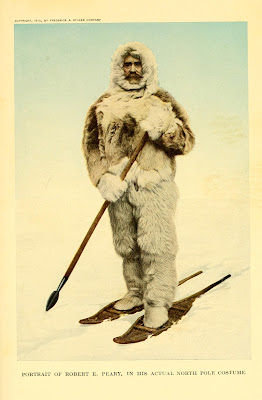Do you like picking wild mushrooms? If so, be careful not
to pick a Funeral Bell, because they are almost as dangerous as the much
better-known death caps (Amanita phalloides), and even contain similar toxins.
 |
| Galerina marginata (fig. 103) from BHL |
Galerinas
are small mushrooms with broad, almost flat cap, bearing a small central brown
bump. Galerinas grow primarily in spruce and pine forests, on rotting logs and
stumps. They can be found on every continent of the northern hemisphere, and
have even been found in Australia. Galerinas may be mistaken for well-liked and
sought-after sheathed woodtufts, which are noted for their sweet fruity smell
and occurrence on deciduous wood.
 |
| Photo of Galerina marginata from EOL |
This small
mushroom causes very serious poisonings. The toxins it contains are not broken
down by heat, and remain poisonous even after being thoroughly cooked. A fatal
dose for an adult is around 10-15 mushrooms - considering how small and thin
they are, that is not very much material. Poisonings have an effect similar to
that of the death cap - damage to liver and kidneys. The smaller number of
poisonings, compared to the death cap, is somewhat due to its relative
scarcity, but largely because most pickers regard all small mushrooms growing
from stumps as inedible 'toadstools'.
 |
| Galerina marginata (fig. 1) this image is under CC-BY-NC-SA of Danish Mycological Society in Europeana |
Want to see other poisonous fungi? Nothing is easier than looking at our Poisonous Nature topic on BLE.














